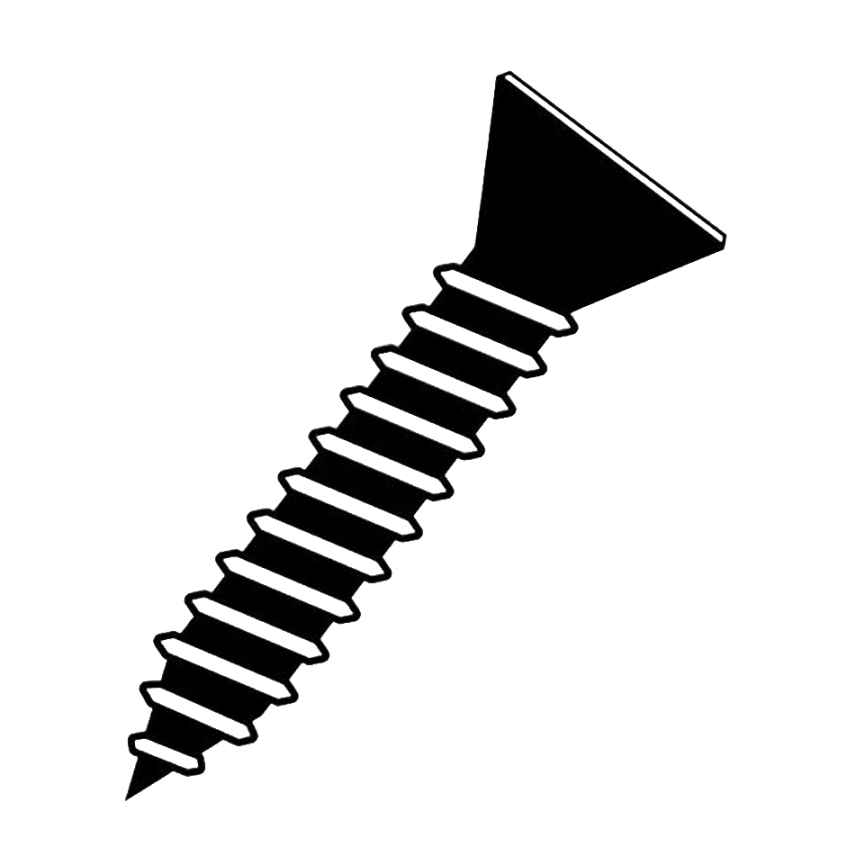Screw manufacturing process
 How are screws made?
How are screws made?
Heading
Wire is fed from a mechanical coil through a straightening machine. The straightened wire flows directly into a machine that automatically cuts the wire to length and die cuts the head of the screw into the shape required.
Cutting the Thread
Once cold headed, the screw are automatically fed to the thread-cutting machine. The screw is then cut using one of two different techniques.
In the reciprocating die, two flat dies are used to cut the screw thread. One die is stationary, while the other moves in a reciprocating manner, and the screw blank is rolled between the two.
The final method of thread rolling is the planetary rotary die process. It holds the screw blank stationary, while several die-cutting machines roll around the blank.
Heat Treatment
Heat treating the screws increases it's overall durability. The screws are heated to a high temperature (about 900C/1652F), and then dipped into water. This sudden change in temperature hardens the bolt or screw material.
Coating
The type of coating is determined by the screws use. The main concern for screws is their corrosion resistance, so a zinc-plated coating is a common choice. This is a process where the screw is submerged in a liquid containing zinc, and an electric current is applied so that the zinc bonds to the screw forming a coating over the surface




